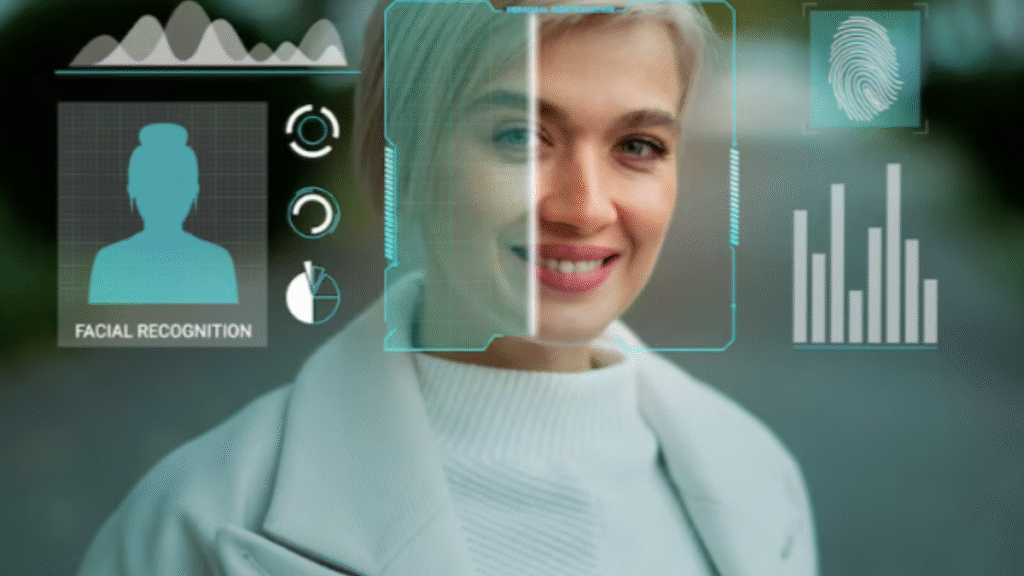Face swap AI is a type of artificial intelligence technology that allows people to digitally exchange faces in photos or videos. You’ve probably seen it used in social media filters, movie production, or even memes. While it might look like a fun trick, the process behind it involves complex machine learning and image processing.
How Face Swap AI Works
At its core, face swap AI uses deep learning, a branch of artificial intelligence that trains computers to recognize and mimic patterns. The system is fed thousands of images of human faces from different angles, lighting, and expressions. Over time, it learns to understand key features—like eye shape, skin tone, and facial structure.
When you upload a photo or video, the AI identifies the faces in it and maps their features. It then overlays the target face onto another person’s head while adjusting for expressions, lighting, and movement. The goal is to make the swap look natural and seamless.
Modern AI models use neural networks, especially autoencoders and GANs (Generative Adversarial Networks). Autoencoders compress facial data and then reconstruct it on the target face, while GANs help improve realism by letting two neural networks compete—one generating faces and the other judging how real they look.
Everyday Uses of Face Swap Technology
Face swapping isn’t just for jokes or filters. It’s being used in several practical and creative ways:
- Entertainment: Movie studios use it to de-age actors or replace stunt doubles.
- Social Media: Apps let users swap faces with friends, celebrities, or characters.
- Gaming and VR: Players can put their own faces on avatars for a more personal experience.
- Marketing and Advertising: Brands use face swap AI to localize ads or create customized content.
One example of this kind of technology in action can be seen in platforms such as deep swap ai, which lets users experiment with realistic face swaps online.
The Benefits and the Concerns
Like most AI tools, face swap technology has both positive and negative sides. On the positive side, it opens up new creative possibilities in art, film, and communication. It’s also used in education and research to study facial recognition, identity protection, and digital forensics.
However, the same technology can be misused. Deepfakes, which are hyper-realistic AI-generated videos, can spread misinformation or violate privacy. That’s why many developers are working on detection systems and ethical guidelines to ensure responsible use.
As users, it’s important to understand that what looks like a harmless video could be AI-generated. Being aware of this helps promote digital literacy and prevents the spread of false or harmful content.
The Future of Face Swap AI
The technology behind face swapping is improving quickly. In the near future, we may see real-time swaps in live video calls or even more accurate recreations in virtual environments. Developers are also making efforts to include ethical AI principles, ensuring users can enjoy creative tools without compromising privacy or trust.
In short, face swap AI is more than just a fun effect—it’s a powerful example of how artificial intelligence is shaping digital creativity. Whether it’s used for entertainment, education, or professional production, understanding how it works helps us use it wisely and responsibly.







